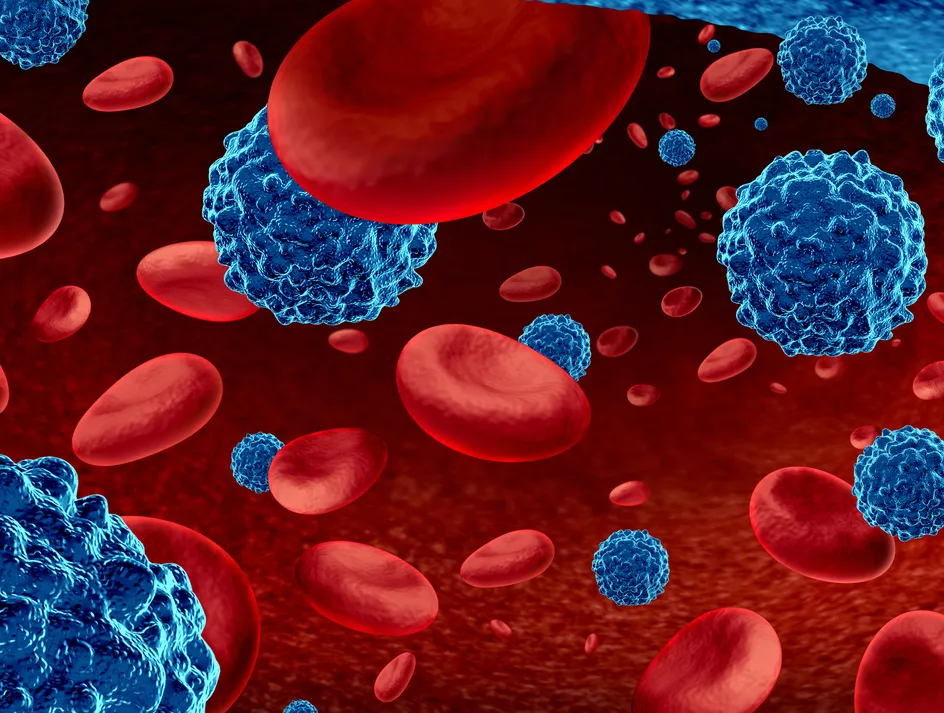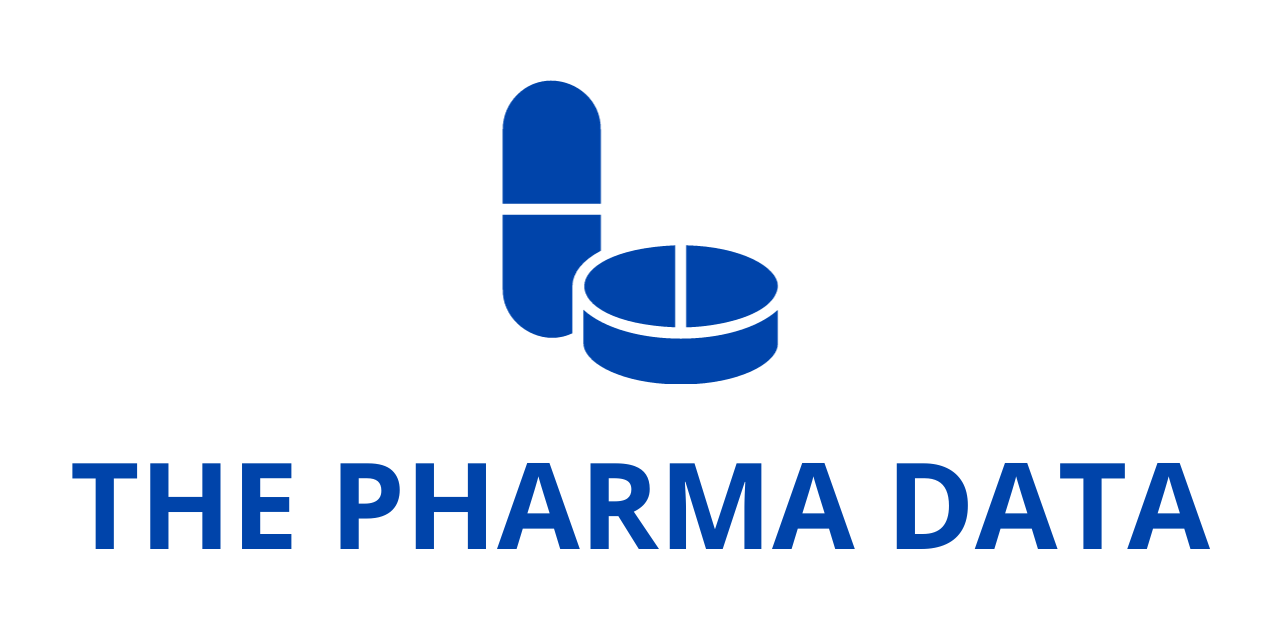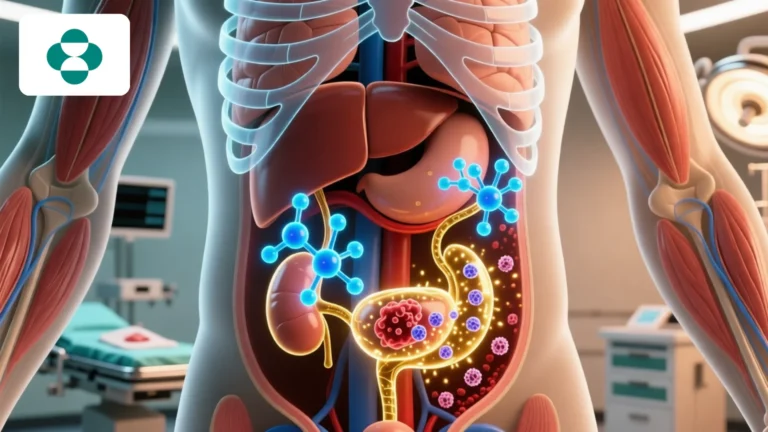
FDA Grants Accelerated Approval to Regeneron’s Lynozyfic™ (linvoseltamab-gcpt) for Relapsed or Refractory Multiple Myeloma
Regeneron Pharmaceuticals has secured a critical milestone in oncology drug development with the U.S. Food and Drug Administration’s (FDA) accelerated approval of Lynozyfic™ (linvoseltamab-gcpt), a first-in-class BCMAxCD3 bispecific antibody, for the treatment of adults with relapsed or refractory (R/R) multiple myeloma (MM). The approval, granted on the basis of promising results from the ongoing Phase 1/2 LINKER-MM1 trial, targets a subset of patients who have exhausted at least four prior treatment regimens, including a proteasome inhibitor, an immunomodulatory agent, and an anti-CD38 monoclonal antibody.
This accelerated pathway reflects the FDA’s recognition of an urgent medical need in advanced-stage multiple myeloma and is based on early clinical indicators such as objective response rate (ORR) and durability of response (DoR). Continued approval will hinge on confirmatory data from a Phase 3 study that validates long-term clinical benefits.
A New Class of Bispecific Antibody Therapy
Lynozyfic is the first FDA-approved bispecific antibody that targets B-cell maturation antigen (BCMA) and CD3, enabling T-cell mediated killing of multiple myeloma cells. Importantly, it introduces a flexible, response-adapted dosing regimen that marks a significant departure from more intensive treatment schedules commonly associated with immunotherapies.
Following initial weekly dosing and a 24-week therapy threshold, patients achieving a very good partial response (VGPR) or better can transition to biweekly or even monthly dosing. This shift offers a significant reduction in treatment burden, a key consideration for heavily pretreated patients. The regimen includes mandatory hospitalization for 24 hours following each of the first two step-up doses, a precaution to manage cytokine release syndrome (CRS) and other adverse reactions.
Clinical Data Supporting Approval
The FDA’s decision was informed by efficacy data from 80 patients enrolled in the intravenous cohort of the LINKER-MM1 study. Highlights include:
- Objective Response Rate (ORR): 70%, with 45% achieving a complete response (CR) or better, as adjudicated by an independent review committee.
- Median Time to Response: 0.95 months (range: 0.5 to 6 months).
- Durability of Response (DoR): Median not reached at the time of analysis. Estimated 9-month DoR stood at 89%, and 12-month DoR at 72%.
These results were observed in a population of heavily pretreated patients, many of whom had few if any remaining treatment options. With a median follow-up of 13 months, the depth and durability of responses suggest Lynozyfic has the potential to become a transformative therapy in this treatment landscape.
Safety and Risk Management
As with other bispecific T-cell engagers, the safety profile of Lynozyfic warrants close clinical monitoring. The prescribing label carries a Boxed Warning for cytokine release syndrome (CRS) and neurologic toxicities, including immune effector cell-associated neurotoxicity syndrome (ICANS). Additional warnings include risks for infections, neutropenia, hepatotoxicity, and embryo-fetal toxicity.
The most frequently reported adverse reactions (≥20%) in the 117-patient safety cohort included:
- Musculoskeletal pain
- CRS
- Cough and upper respiratory tract infection
- Diarrhea, fatigue, and pneumonia
- Nausea, headache, and dyspnea
Grade 3 or 4 laboratory abnormalities affecting more than 30% of patients included reductions in lymphocyte count, neutrophil count, hemoglobin levels, and white blood cell count. Due to the severity of these risks, Lynozyfic is distributed under a Risk Evaluation and Mitigation Strategy (REMS) program. Patients are also provided with a wallet card listing symptoms of serious complications and are instructed to seek immediate medical help if these occur.
Clinical and Patient Community Reactions
“The FDA approval of Lynozyfic represents meaningful progress for the multiple myeloma community,” said Dr. Sundar Jagannath, Network Director of the Center of Excellence for Multiple Myeloma at Mount Sinai in New York City and a principal investigator in the LINKER-MM1 trial. “Lynozyfic demonstrated early, deep, and durable responses in heavily pre-treated patients. Its response-adapted regimen may ease the treatment burden on patients, enabling longer intervals between infusions.”
Patient advocacy groups also welcomed the development. Diane Moran, Interim CEO of the International Myeloma Foundation, remarked, “Even with recent treatment advances, multiple myeloma remains incurable. Lynozyfic offers a novel and patient-centric approach, especially for those who have undergone multiple treatment lines.”
Regeneron’s Strategic Vision
For Regeneron, the approval reinforces the strength of its VelocImmune® antibody development platform and underscores the company’s growing presence in hematologic oncology. “With a 70% response rate in a difficult-to-treat population, we believe Lynozyfic could become a new standard of care,” said Dr. George D. Yancopoulos, President and Chief Scientific Officer of Regeneron. “We’re rapidly advancing additional trials to explore its use in earlier lines of therapy and in novel combinations.”
Lynozyfic is also being evaluated in a comprehensive clinical program:
- LINKER-MM2 (Phase 1b): Testing combinations in relapsed/refractory multiple myeloma.
- LINKER-MM3 (Phase 3): Confirmatory monotherapy study to validate long-term clinical benefit.
- LINKER-MM1: Continues as the pivotal study supporting initial approval, including intravenous and subcutaneous dosing arms.
Multiple Myeloma Landscape
Multiple myeloma is the second most common blood cancer globally, with over 187,000 new cases diagnosed each year. In the U.S. alone, more than 36,000 new diagnoses and approximately 12,000 deaths are anticipated in 2025. The disease arises from abnormal proliferation of plasma cells in the bone marrow and is associated with anemia, bone damage, and organ failure.
Despite multiple treatment advances—including proteasome inhibitors, immunomodulatory agents, CAR-T therapies, and monoclonal antibodies—multiple myeloma remains incurable. Disease progression after several lines of therapy is nearly universal, highlighting the importance of continued innovation.
Mechanism of Action and Dosing Strategy
Lynozyfic was developed using Regeneron’s VelocImmune technology and is a fully human bispecific antibody that bridges BCMA on multiple myeloma cells and CD3 on T cells. This connection triggers targeted T-cell activation and destruction of cancerous plasma cells.
The dosing strategy includes:
- Step-Up Dosing: Designed to reduce the risk of CRS, requiring hospitalization after each of the first two step-up doses.
- Maintenance Dosing: Weekly dosing initially, transitioning to every two weeks at week 14, and every four weeks for patients with sustained VGPR or better after 24 weeks.
This adaptive regimen is a distinguishing feature and positions Lynozyfic as a potentially more patient-friendly option compared to some currently available treatments.
Patient Access Program
To support patient access, Regeneron has launched Lynozyfic Surround™, an assistance platform offering financial support, educational resources, and coordination of care for patients prescribed Lynozyfic. Patients or providers can contact the service at 1-844-RGN-HEME (1-844-746-4363).




